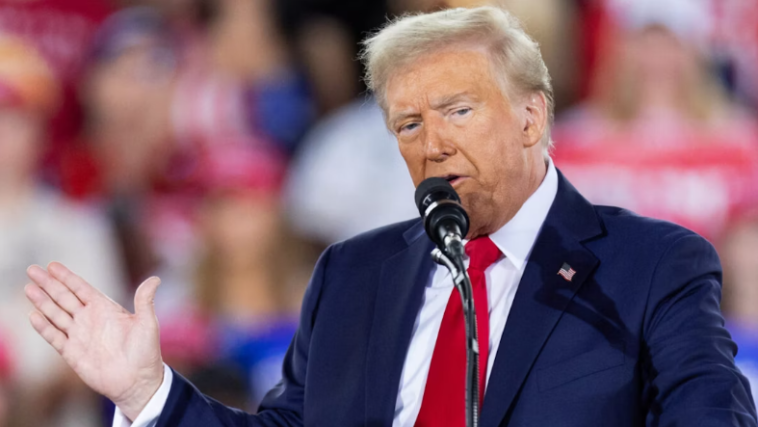Former President Donald Trump has vowed to eliminate Daylight Saving Time (DST) if he returns to the White House, reigniting a nationwide debate over whether to keep the biannual clock change or move to a permanent standard time. The proposal has sparked discussions across the country, with opinions sharply divided between early risers, who favor more morning light, and night owls, who prefer extended evening daylight.
Trump’s Pledge
In a recent rally, Trump declared his intention to put an end to the twice-yearly time changes, calling them outdated and disruptive. “No more changing the clocks,” Trump said. “It’s time to bring common sense to our timekeeping.”
The statement aligns with a broader push in Congress to standardize time, but Trump’s comments have added a political dimension to the issue. His supporters have praised the proposal as another example of his focus on practical reforms, while critics have questioned how such a change would be implemented.
The Daylight Saving Debate
Daylight Saving Time has been a point of contention for decades. Introduced in the U.S. during World War I and later standardized in the 1960s, the practice was originally designed to conserve energy and maximize daylight hours. However, its effectiveness has been widely debated, with critics arguing that the clock changes disrupt sleep patterns, harm productivity, and no longer provide meaningful energy savings in the modern era.
Proponents of permanent standard time argue that sticking to one schedule year-round would benefit public health and reduce the risks associated with disrupted sleep, such as heart attacks and traffic accidents. However, supporters of permanent DST prefer the extended evening daylight, which they say promotes outdoor activities and boosts the economy.
Dividing Morning and Evening People
Trump’s proposal has reignited the divide between morning people and evening enthusiasts. Morning advocates argue that ending DST would provide more light during critical early hours, benefiting school children and morning commuters.
Night owls, on the other hand, argue that permanent DST would allow for more enjoyable evenings, particularly during the winter months when darkness falls early.
A recent survey highlighted the split, showing that 56% of Americans prefer extended evening daylight, while 40% support aligning with natural sunrise times.
Political Implications
Trump’s pledge comes as Congress debates the Sunshine Protection Act, a bipartisan bill that seeks to make Daylight Saving Time permanent. While the bill has garnered significant support, it has also faced resistance from groups advocating for standard time, who argue that permanent DST would create long, dark winter mornings, especially in northern states.
Trump’s endorsement of the issue could galvanize his base and draw attention to what some see as a “kitchen table” issue that affects everyday life. However, it also risks alienating voters who prefer the status quo or permanent DST.
The Broader Impact
If implemented, the elimination of Daylight Saving Time could have wide-ranging effects on industries such as agriculture, retail, and transportation. Businesses accustomed to adjusting schedules around clock changes may need to reevaluate operations, while states in different time zones could face coordination challenges.
Critics also warn that any change must take into account international timekeeping standards to avoid confusion with trading partners and global markets.
Looking Ahead
Trump’s promise to end Daylight Saving Time has added a new dimension to an already divisive issue, pitting morning people against night owls and raising questions about how timekeeping reforms should be handled. As the 2024 election approaches, this practical yet polarizing proposal could become another rallying point for Trump’s campaign.
With growing public frustration over the clock changes, the time for reform may be closer than ever. Whether Trump’s proposal gains traction or faces resistance, one thing is certain: the debate over Daylight Saving Time is far from settled.


